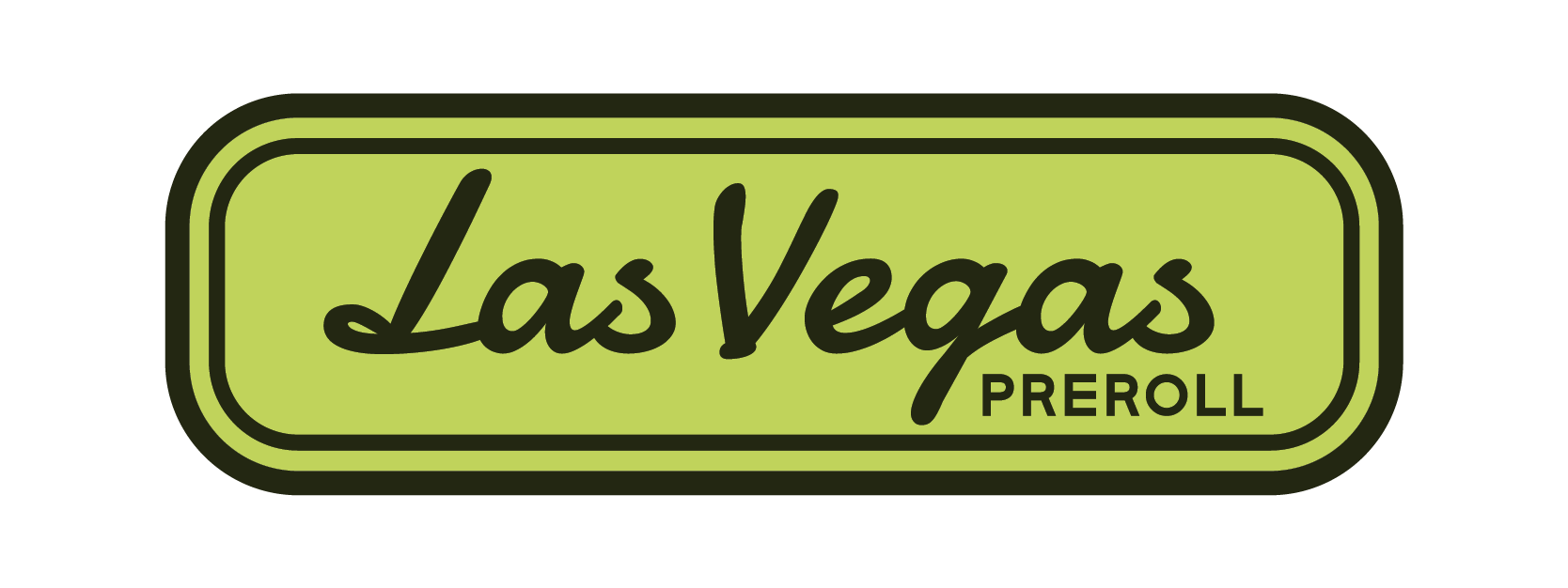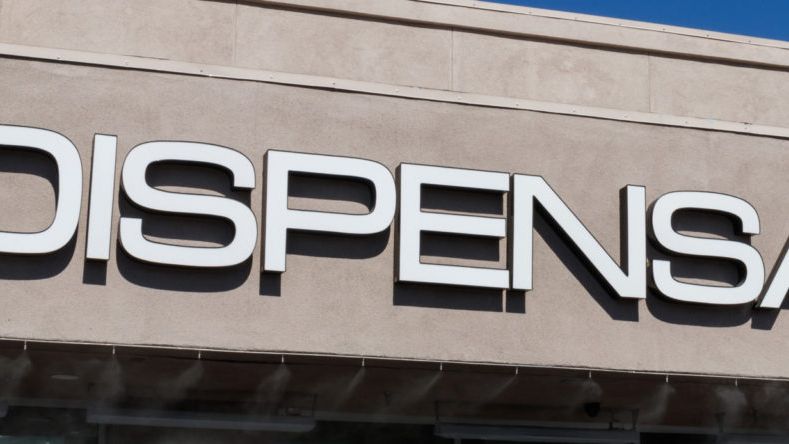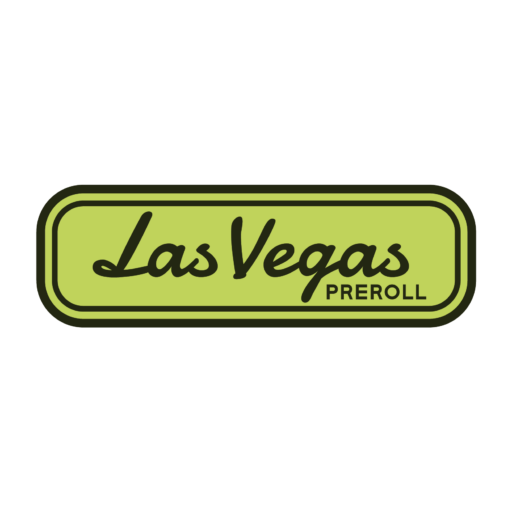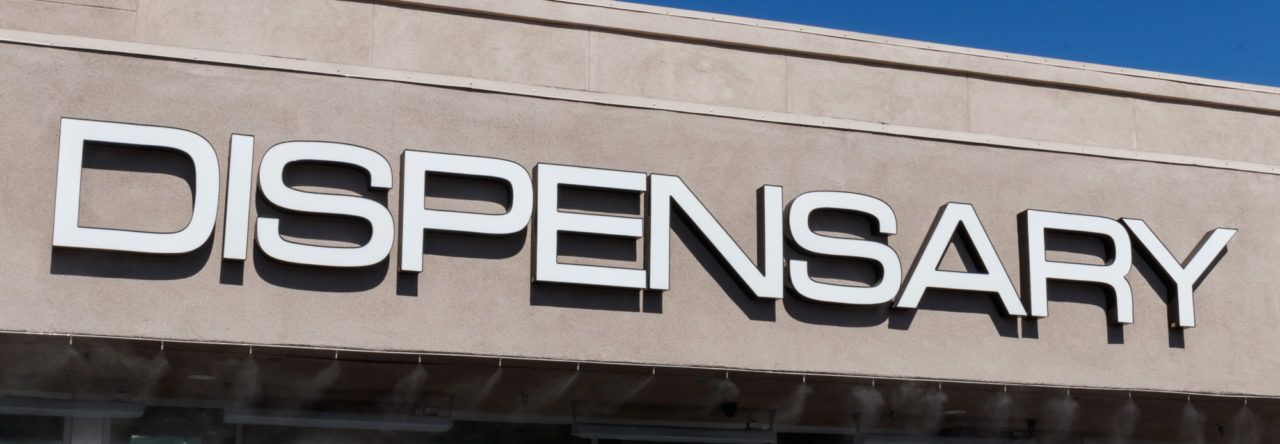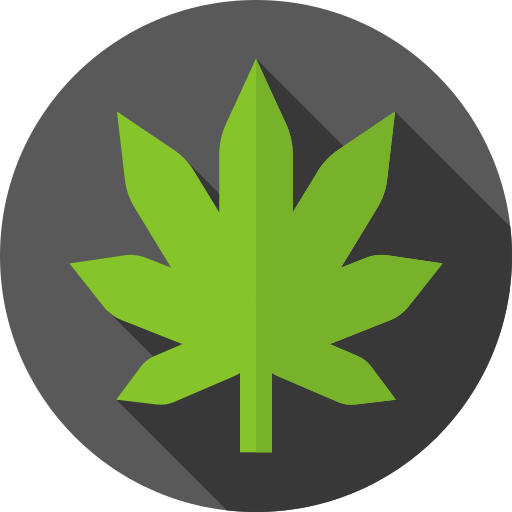Nevada helped define the modern “cannabis + tourism” model when adult-use sales launched in 2017. But by January 2025, the question around the industry wasn’t whether the market was big—it was whether it was shrinking. Short answer: yes, sales are down versus prior years, and key culprits include price compression, competition from the illicit market, and a slower-than-expected rollout of consumption lounges.
Below is a plain-English snapshot of where things stand, what the latest data shows, and why it’s happening.
Where Nevada sales stood heading into 2025
- FY 2024 (July 2023–June 2024): Nevada regulators reported more than $829 million in taxable sales—down from $848 million in FY 2023 and $965 million in FY 2022. That’s a third straight annual decline.
- The Nevada Cannabis Compliance Board’s 2025 Biennial Report summarized FY24 as a ~2% decline year-over-year, noting the slide mirrors other mature markets after the COVID-era surge.
- Local press highlighted the trend right at the start of 2025: “Nevada legal cannabis sales keep dropping,” with industry leaders pointing to the illicit market as a major drag.
Bottom line going into January 2025: Nevada had already notched two consecutive down years (FY22 → FY23 → FY24). Early-2025 coverage reaffirmed that the descent hadn’t stopped.
What about 2025 itself?
Official state fiscal-year totals for FY 2025 won’t be finalized until after June 30, 2025. But commercial datasets that track dispensary receipts point to continued softness through 2025:
- By August 2025, total Nevada cannabis sales were $49.2 million for the month, down 16.6% year-over-year (and −0.6% month-over-month), with unit sales down 15.1%—a sign that this isn’t only price compression; volume is off, too.
Put together with FY24’s decline and the press coverage in January, the direction of travel in early 2025 was still down.
How 2025 compares to 2024 (so far)
Because Nevada reports by fiscal year, a clean annual comparison is:
- FY 2023: $848.1M taxable sales
- FY 2024: $829M taxable sales (−2.3% vs FY23)
Early-2025 indicators (journalistic coverage and August trade data) suggest FY 2025 is unlikely to rebound above FY 2024 unless there’s a strong late-year recovery. Tax receipts also trended lower across those fiscal years, with regulators noting a $32M drop in cannabis tax revenue from FY 2022 to FY 2024. READ MORE: Ganjapreneur
Why are Nevada’s sales soft?
1) Price compression + only modest volume growth
UNLV’s 2024 market overview shows retail prices fell rapidly from 2021–2024 while volume only grew gradually. Revenues stabilized “approximately flat” to slightly down from March 2023 to May 2024, reflecting that cheaper prices haven’t been offset by enough extra volume.
2) Illicit-market competition
Industry leaders repeatedly cite the unlicensed market undercutting legal stores. The Nevada Independent’s January 2025 piece foregrounded that claim as one reason legal sales “keep dropping.”
3) Consumption lounges: slower rollout than expected
Nevada bet on lounges to unlock tourist demand. But the rollout has been bumpy. After opening in Feb. 2024, Thrive’s Smoke & Mirrors—the first state-licensed lounge—closed in April 2025, leaving Planet 13’s DAZED! as the only open state-licensed lounge (the Paiute Tribe’s Sky High operates separately on tribal land). Fewer legal places to consume, especially for tourists in hotels, likely caps retail basket sizes.
4) Mature-market hangover
The CCB’s 2025 report frames Nevada’s dip within a national pattern: post-pandemic normalization in travel and spending, and the natural plateau that many early-legal states face after the initial boom. READ MORE: Nevada Cannabis Compliance Board
What do sales look like by product type?
Even as totals slid, Nevada maintained a diverse category mix. UNLV’s overview (through May 2024) shows flower remains the largest share, with extract products (concentrates, vapes, etc.) contributing a substantial chunk of receipts—evidence the decline isn’t just one category’s problem. Price declines hit most products, per the CCB-commissioned market analysis. READ MORE: UNLV, Green Market Report
Is Nevada an outlier?
Not really. Many mature U.S. markets saw 2022–2024 slowdowns as prices fell from pandemic highs and illicit channels stayed active. Nevada’s pattern—peak in FY 2021, then FY22 → FY23 → FY24 down each year—matches the “settling” phase of other adult-use states. Regulators explicitly link Nevada’s trend to those broader dynamics. READ MORE: Nevada Cannabis Compliance Board
What could reverse the trend?
- More (and stickier) consumption options: If additional state-licensed lounges open and sustain operations—plus continued success at DAZED! and the tribal Sky High—tourists will have legal places to consume, likely raising conversion and basket sizes. Today, DAZED! remains open and positioning itself as the flagship state-licensed option.
- Sharper illicit-market enforcement: If enforcement meaningfully reduces unlicensed sales, legal market share could climb. The revenue stakes are large: Nevada collected ~$133M in cannabis tax revenue in 2023 (~$42 per capita).
- Category innovation + tourism tie-ins: Premium solventless concentrates, “cannacocktails,” and event-driven hospitality can pull spend up—especially in Las Vegas. (Early lounge closures show the operating model matters: costs, rules on food/alcohol, and marketing.)
Quick timeline & figures
- FY 2022: ~$965M taxable sales (peak)
- FY 2023: $848.1M (−12% vs FY22)
- FY 2024: $829M (−2.3% vs FY23)
- Jan 3, 2025: Local press: “sales keep dropping,” industry blames illicit market
- Apr 2025: Smoke & Mirrors (first state-licensed lounge) closes; DAZED! becomes the only open state-licensed lounge; Sky High continues on tribal land
- Aug 2025: $49.2M monthly sales (Nevada), −16.6% YoY
The takeaway
Yes—Nevada’s legal cannabis sales were still sliding as of January 2025, continuing a multi-year post-peak decline. The scale isn’t catastrophic (FY24 down just ~2% vs FY23), but the direction remained negative through much of 2025. Price compression, illicit-market leakage, and a slower lounge rollout all loom large. The next inflection likely depends on tourist-friendly consumption infrastructure (lounges that last), enforcement, and product strategies that pull spend back into licensed stores.
If those levers move in 2025–26, Nevada has the visitor volume to re-accelerate. For now, though, the data says the market is still finding its post-pandemic equilibrium.
